Introduction
 |
Above: El Chaltén, located in the Argentine side of Patagonia, is known as the National Capital of trekking.
I first stumbled across Cath Simard’s work on Instagram and was instantly mesmerized by its beauty. Not only does the Canadian photographer capture stunning and unsullied locations around the globe, she’s developed a distinctive style. Every photographer serious about making a living with their work especially needs to focus on creating an aesthetic that makes them instantly recognizable.
Simard’s humble, down-to-earth demeanor and grace dealing with the occasional critic is also refreshing. I got a chance to catch up with the former model and find out how she got into photography, why she’s passionate about teaching others her methods, and how traveling solo altered her outlook.
What inspired you to get into photography?
 |
Above: This campsite, located at an altitude well above 4,000 meters, was the perfect site to capture the night sky against the Andes Mountains in Peru.
I started in the creative industry as a model when I was 15 years old. I modeled for ten years and worked as an Art Director and fashion stylist for four years. I’ve always been attracted to the visual arts but I would have never thought I’d be a photographer one day. Then, back in 2014, I got tired of the fashion industry. I decided to sell all my belongings and buy a one-way ticket to Australia with very little money in the bank.
I did farm work for two years over there, documenting my journey with my iPhone. I was approached by an Australian bandana company to take photos of their products. I said yes, immediately, even if I had no experience using a camera or in professional shooting. I decided to purchase a Sony a6000 with a 35mm F1.8 lens and started photographing people wearing bandanas doing outdoor activities.
Why did you gravitate toward nature?
 |
Above: After a long evening hike, the best was made of a foggy morning in the mountains of Peru.
After completing my farm work, I decided to go on a three-month solo trip covering Indonesia, Hawaii, and Western Canada. Never before had I seen such huge mountains as when arriving in Alberta. The feeling I got when I saw them for the first time is indescribable. It was in Alberta I discovered my passion for hiking and I was introduced to scrambling, which allowed me to access more remote areas and reach viewpoints that have never been photographed before.
I started to document my adventures and fell in love with photographing the mountains, specifically. It was the first time in my life I found something that made me feel whole and brought me so much joy and energy.
How were you inspired to grow into offering workshops?
 |
Above: Here are the Cerro Yerupajá and Siula Grande mountains, in Peru, amongst other giants, captured between 2:00 and 3:00 am.
Three years ago, a company from Quebec (my hometown) asked me if I would be interested in teaching photography to a group of 10 people for one day. It was something I have never done before and I was curious to find out if it is something I’d enjoy, so I said ‘yes.’ That day was quite a revelation for me – the amount of excitement, satisfaction, and the feeling of accomplishment I got from teaching each student was indescribable. A new passion was born.
After this experience, I decided to combine my passion for teaching, hiking and traveling into unique international photography workshops for people to learn photography while completely immersing themselves in nature. I highly enjoy spending time with people that have similar interests, sharing my knowledge, and giving as much insight as possible so they can return home with images they are proud of.
Which photo are you most proud of and why?
 |
Above: My favorite photo to date was captured at Jasper National Park in the Alberta province of Canada.
I don’t have one in particular but, in general, the images I’m the proudest of are the ones where I followed my own personal creative vision. They often involve a lot of physical work and perseverance. Being unique is also something I value and prioritize a lot, so I’d say that my favorite images usually have a unique and original compositional component or mood along with a great story behind them.
What gear are you using lately?
 |
Above: I wanted to capture this ice cave in Iceland at night. Although I didn’t get Northern Lights when I took this particular image, I decided to composite it with a night sky I captured a couple of days before.
I use the Sony a7R III + 16-34mm F2.8 lens for 80% of my images. I also love the Sony 100-400mm F4.5-5.8 lens for tighter shots of mountain peaks and compression.
What is your favorite photo editing software?
 |
Above: This image was taken with a drone at El Chaltén National Park. It’s important to note that you need a permit to fly inside the borders of a National Park, or you need to take off outside the border.
I used to say Lightroom Classic CC, but I’ve been experimenting much more with Photoshop over the last year. I like to combine both software programs for my editing.
You’ve traveled extensively. Do you have a favorite place? If so, why?
 |
Above: My favorite image from 2019 was taken at Torres del Paine National Park in Chile’s Patagonia region.
I simply cannot choose between Patagonia and Peru. I love the variety in landscape and wilderness that Patagonia offers and the remoteness and untouched beauty of Peru. Both places demand that you put work into creating great images – especially Peru, since you need to trek in high altitude for many days to reach interesting viewpoints.
Any destinations you wish to visit?
 |
Above: Also captured in El Chaltén, I challenged myself to get out of my comfort zone by creating something interesting out of an average foreground and backdrop.
I would love to explore Alaska – especially its giant snow-covered peaks, glaciers, lakes, and ice caves. It seems this part of the world has it all!
What grounds you and keeps you inspired?
 |
Above: I spent all night photographing the Andes Mountains in Peru. Obviously the Milky Way doesn’t bend in an arch but I had some fun with compositing to create this effect.
Traveling solo multiple times allowed me to do discover hidden parts of myself through self-reflection and introspection. I think that introspection is essential for becoming a better person and it is the single most powerful tool for internal self-awareness and how to find true happiness.
When you take the time to become an expert, you make better decisions, you are more confident, you learn to respect your limits which all brings you closer to live the life you want. You worry less about what other people think of you, you become more empathic to others, and have a more positive attitude towards life.
This is definitely easier said than done. You need to find a time and space for this, and to me this happens whenever I’m alone hiking in the mountains. It’s like a meditation that grounds me and helps me get back to what’s important in life.
Other tools that help are self improvement books such as How to Win Friends and Influence People by Dale Carnegie and What to Say When You Talk to Yourself by Dr. Shad Helmstetter, to name a few.
What advice do you have for someone looking to develop their own style?
 |
Above: A final perspective of El Chaltén, located in Patagonia.
Pick three photographers that inspire you and analyze their images. Why do they speak to you? Try to identify the elements that you like in their photos and look for them when you are shooting or editing. I do believe that imitating – not copying – is a great way to learn and find your own personal style.
Another thing is to listen and trust your creative instinct. For example, I started creating composites at a very early stage of my learning process. Compositing has always been a creative way for me to express myself but it has always attracted negative comments. I’ve often been told that my images were too contrasting, too blue or too Photoshopped.
If I would have left these comments get to me and influence the way I create, I would never be where I am today as an artist. The moral of the story for me is to ignore negative comments and only take constructive criticism from people you trust and who you know truly believe in you.
Lastly, developing your style takes time. A lot of a time. So be patient, learn new techniques and practice as much as you can.
Catherine Simard is a Canadian-born self-taught travel/landscape photographer and digital artist with a passion for the outdoors and the wilderness. She is a Sony Artisan of Imagery. Simard will be resuming workshops at various international destinations in 2021.
Articles: Digital Photography Review (dpreview.com)



























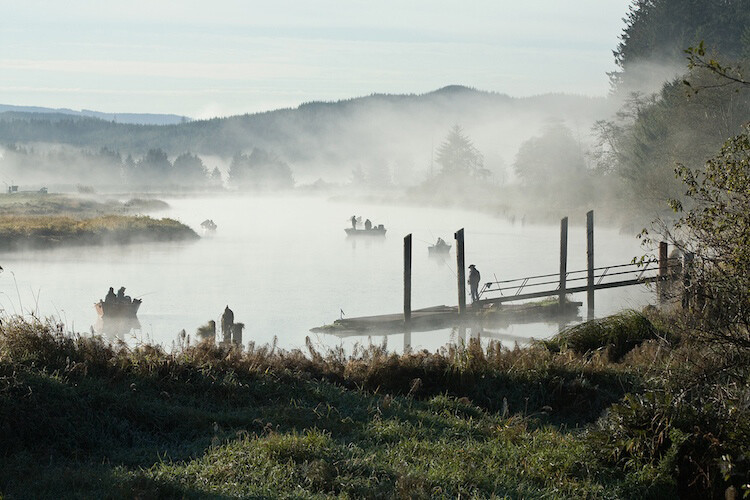
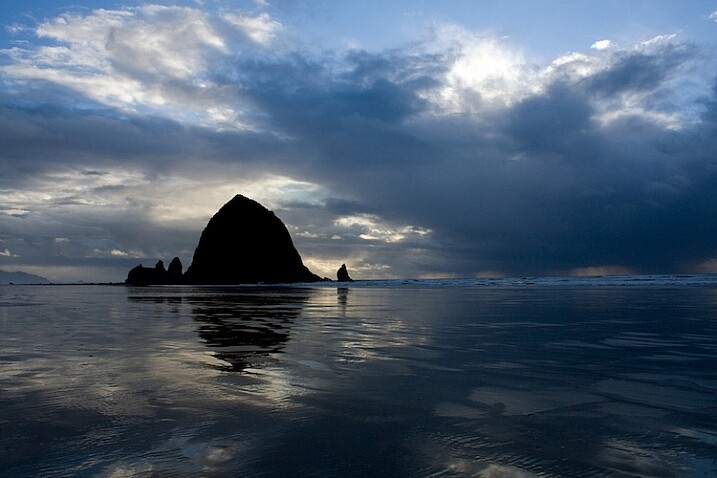

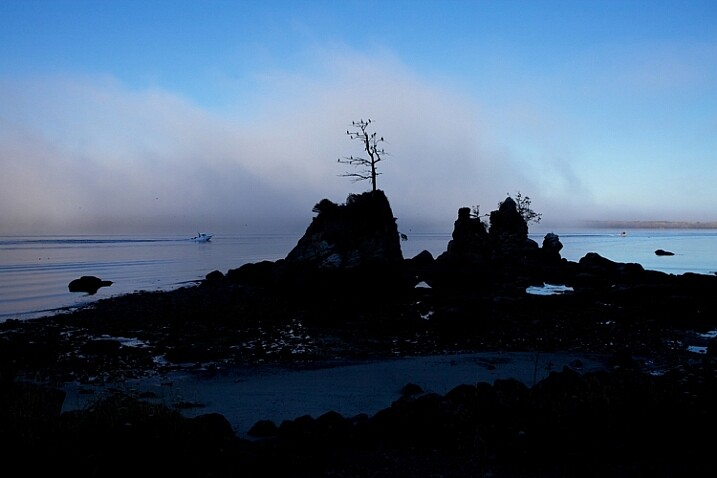
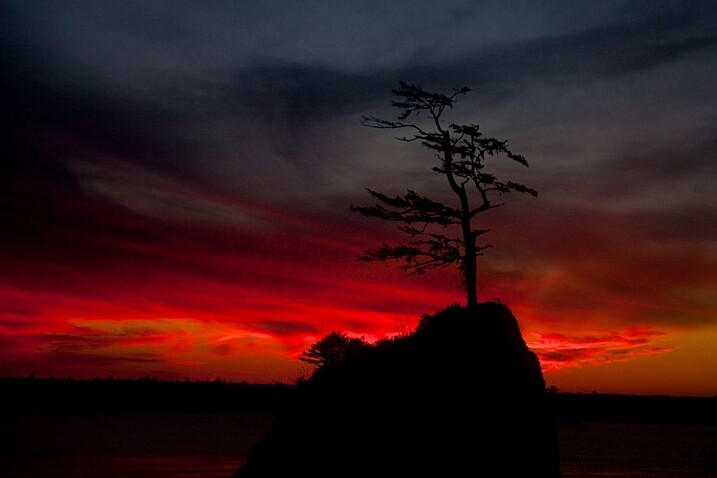

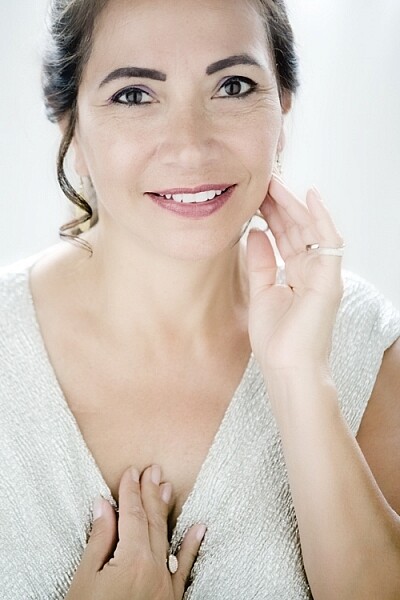


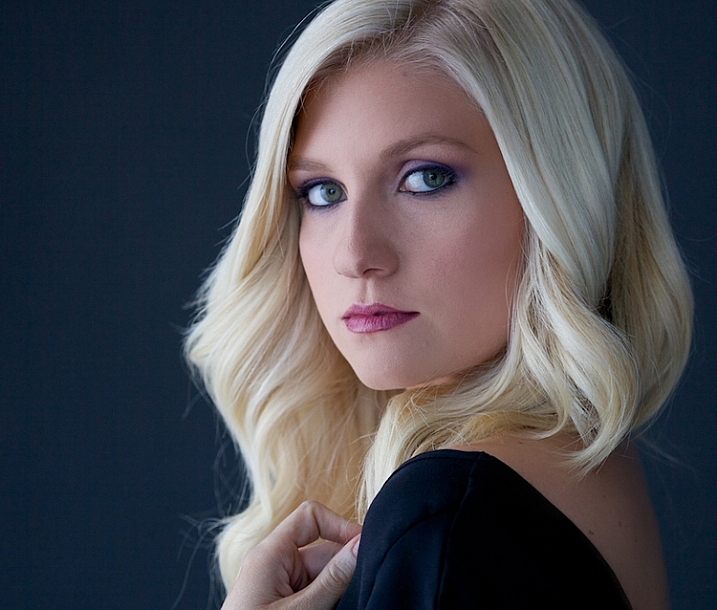
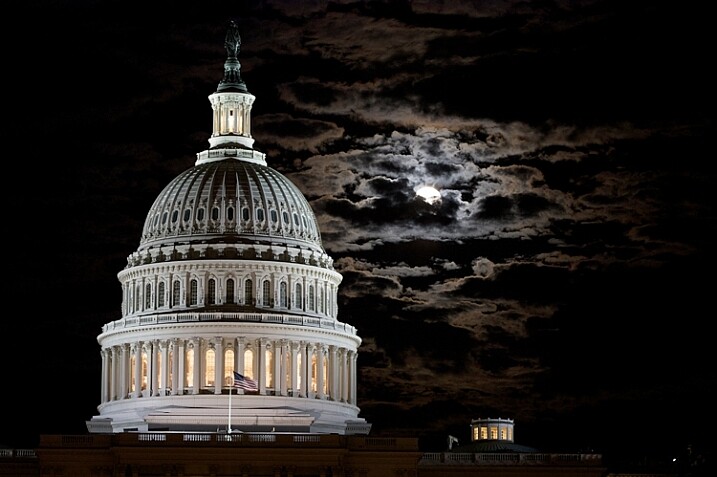
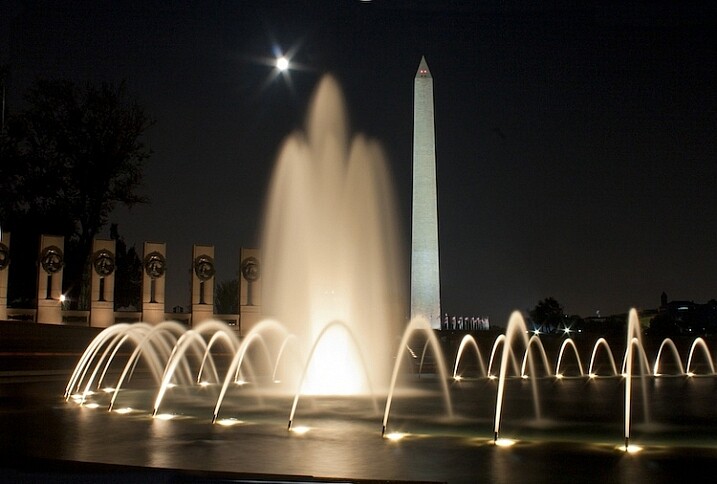
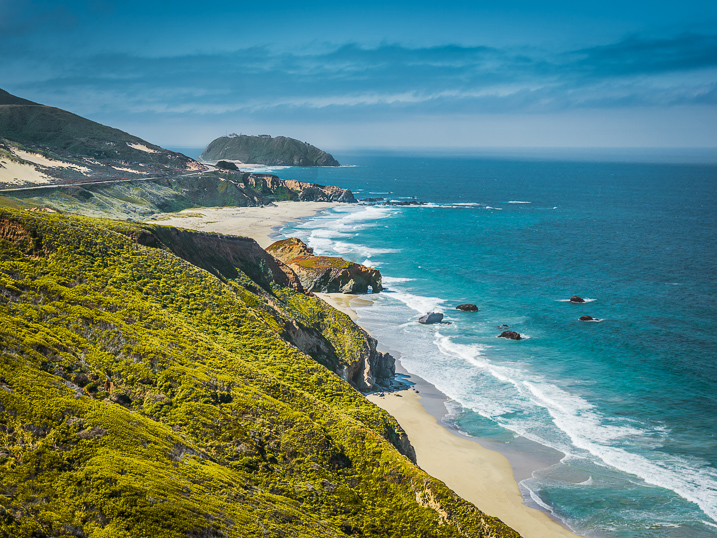
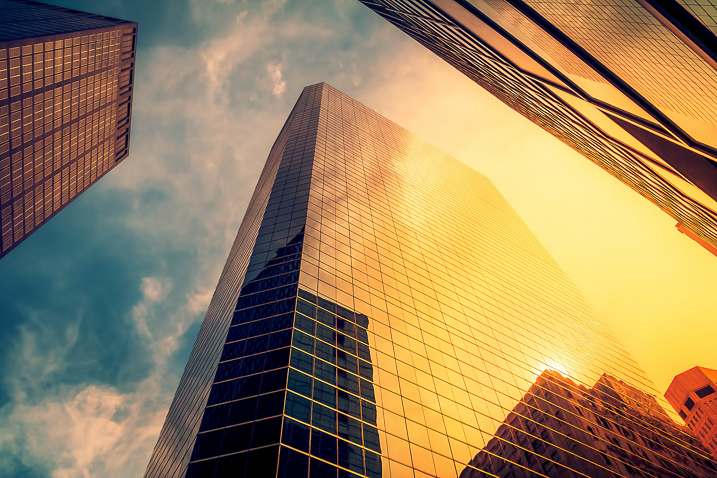
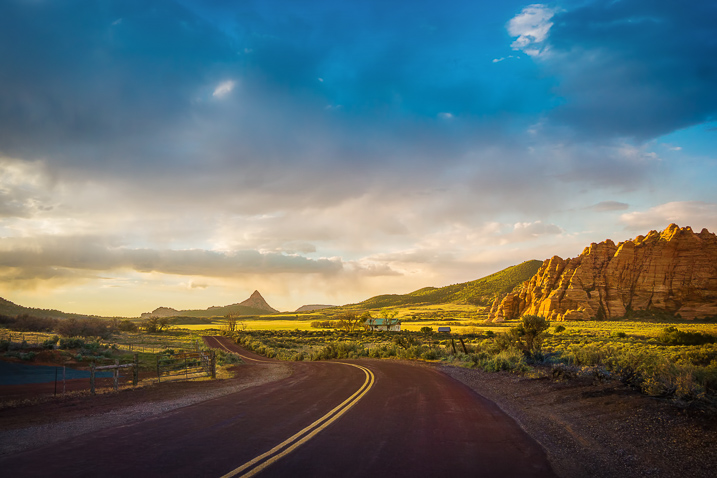
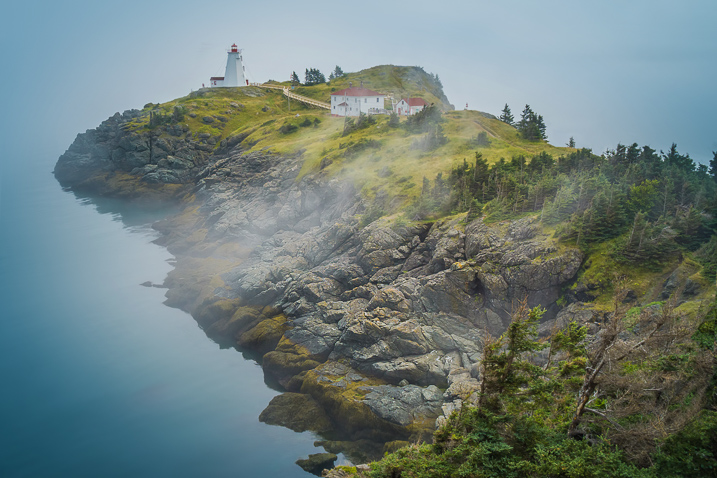
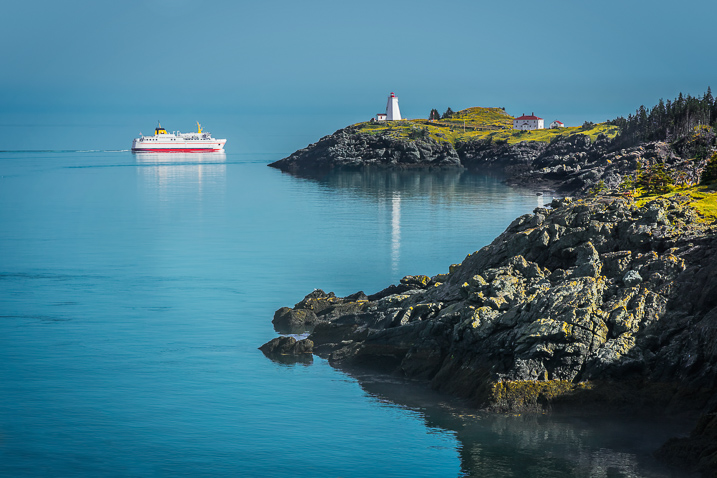

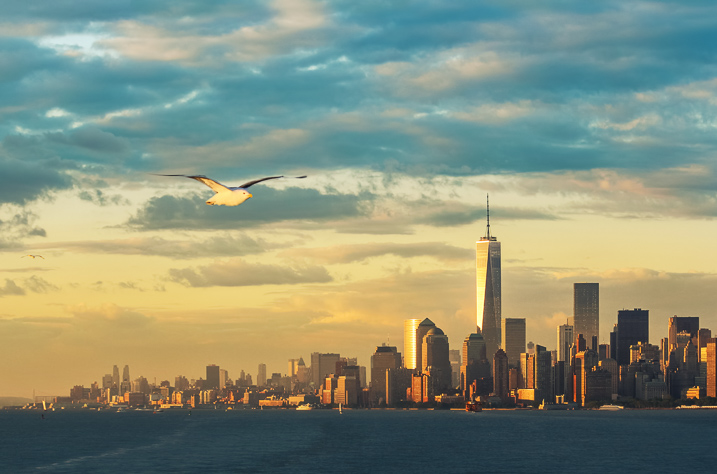
You must be logged in to post a comment.